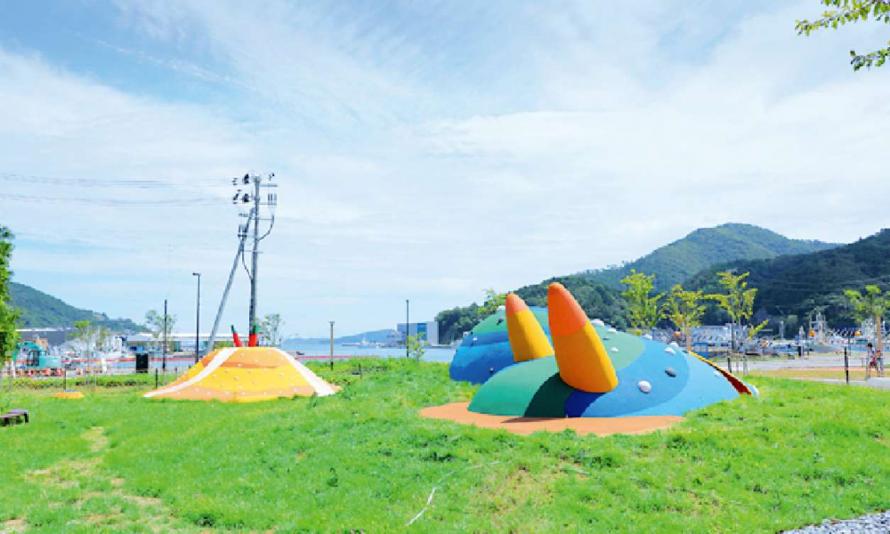I was impressed by the words inscribed on the prayer monument that translate to ‘Repose, Recovery, Gratitude.’ We learned about Sato’s Hill, a tsunami evacuation shelter built by a single man, Mr. Sato, in anticipation of just such a major tsunami triggered by an earthquake, and I learned the importance of doing what you feel needs to be done, even if people criticize you for it.
Ishinomaki area
Model Tours
1Sendai Station
55 minutes by car
2Higashi-Matsushima City 3.11 Disaster Recovery Memorial Park
The platform of the former Nobiru Station on the JR Senseki Line has been preserved as real-world ruins of the tsunami. The station building was renovated and serves as the Disaster Recovery Memorial Museum. A monument was built at the adjacent memorial plaza, a place for visitors to mourn and pray for the souls of those who lost their lives in the disaster.
Address: 56-36 Kitayokei, Nobiru, Higashi-Matsushima City
Phone : 0225-86-2985
Communicating Stories
Matsushima Storyteller Guide (“Kataribe”)
Take a bus tour of the scenic spots that were once sightseeing attractions in the Nobiru and Miyato districts guided by a resident who can tell you about the changes in people’s lives before and after the disaster, and share their own experiences. You can hear stories of heroic action by JR employees or an individual who built an evacuation shelter on his own, and gain valuable insights that just seeing the sights would not reveal.
Call to reserve: KIBOTCHA 0225-25-7319
Guide fee: 5,500 yen per tour (one guide)
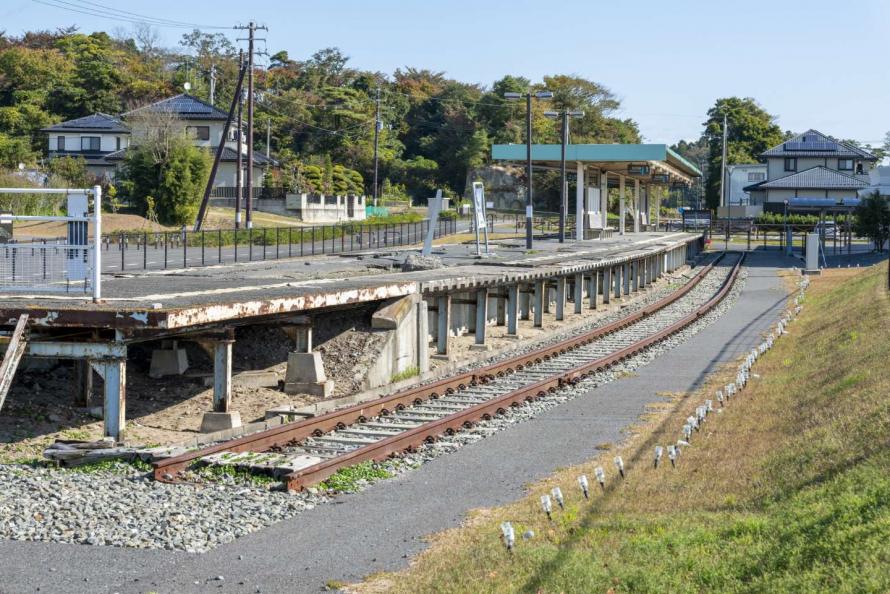
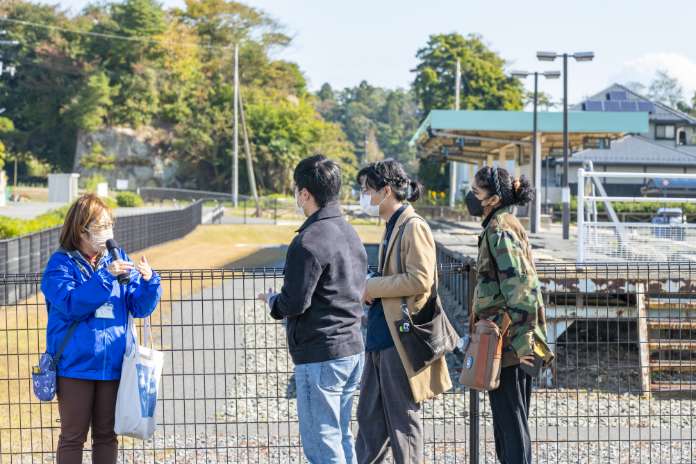
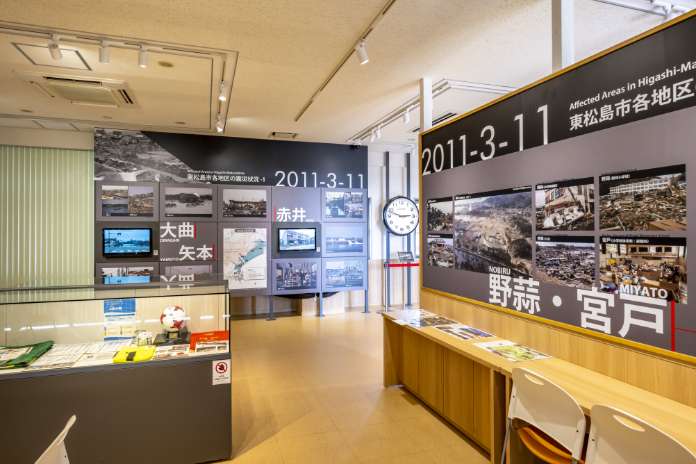
Comment from Swastika

30 minutes by car
3Ishinomaki Genki Ichiba Market
A market opened in the city center of Ishinomaki. Visitors can buy fresh seafood sourced directly from Ishinomaki Port and lots of locally grown foods. On the second floor is a spacious food court with a view of the Kitakami River where you can try great local dishes.
Address: 2-11-11 Chuo, Ishinomaki City
Phone: 0225-98-5539
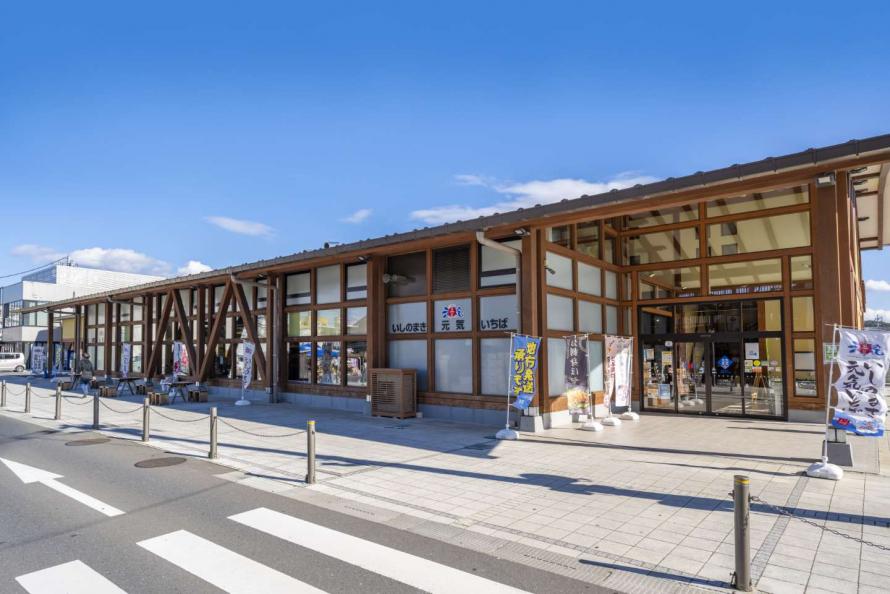
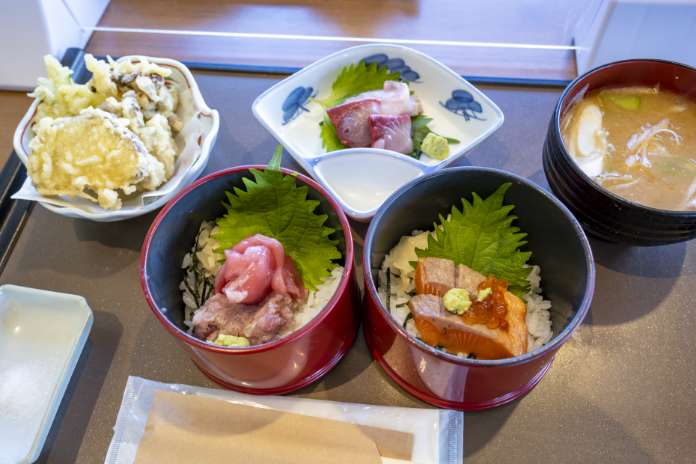
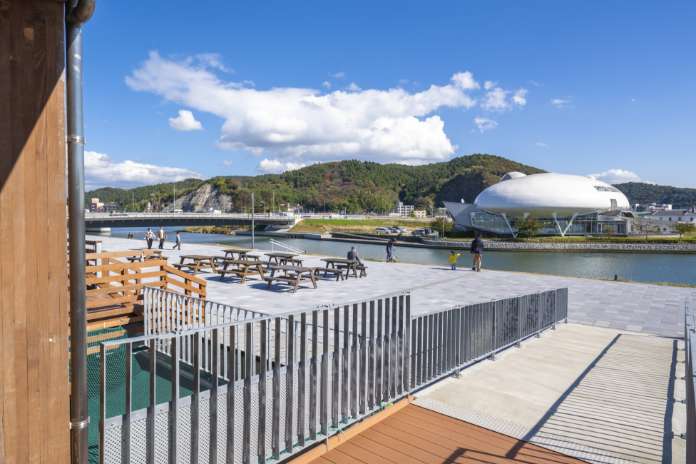
5 minutes by car
4Ishinomori Manga Museum
A fun museum dedicated to the manga artist Shotaro Ishinomori, known for such works as Kamen Rider and Cyborg 009. The museum reproduces worlds from Ishinomori’s original drawings and works in 3D.
Address: 2-7 Nakaze, Ishinomaki City
Phone: 0225-96-5055
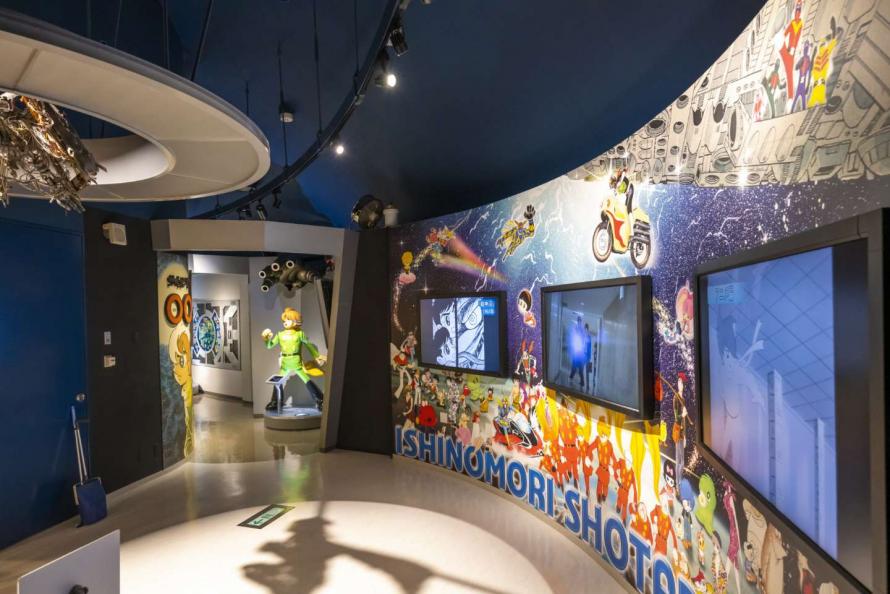
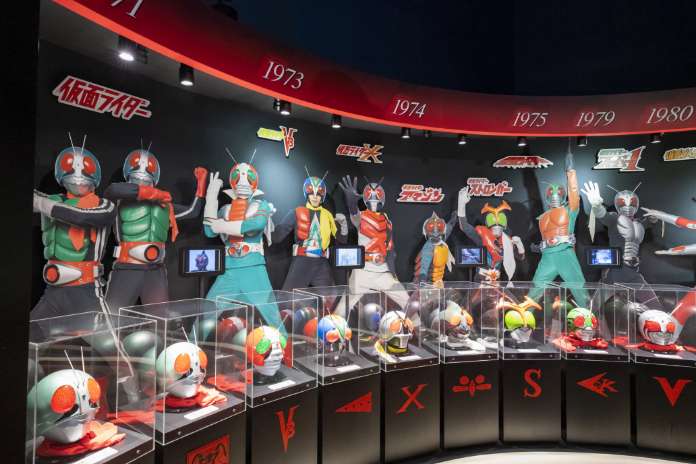
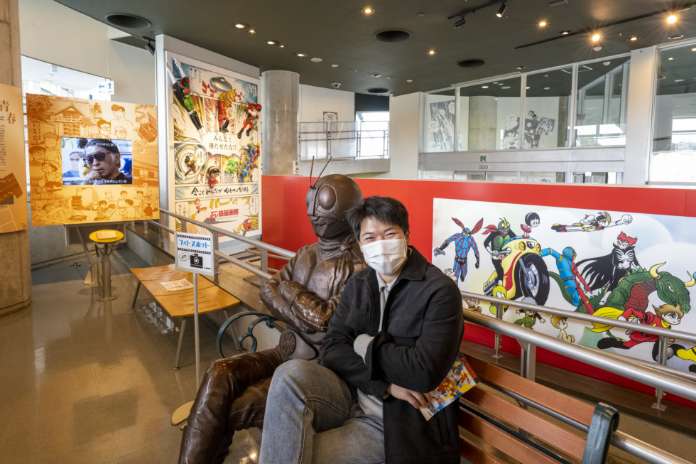
10 minutes by car
5Ishinomaki Minamihama Tsunami Memorial Park
This park was established through a collaboration between Ishinomaki City, Miyagi Prefecture, and the Japanese government to express a strong will for recovery, in addition to serving as a remembrance of those who died in the disaster and to convey memories and lessons. The third version of a signboard to encourage local residents stands here today. It says “Ganbaro! Ishinomaki,” which means “Hang in there, Ishinomaki!”
Address: 2-1-56 Minamihama-cho, Ishinomaki City
Phone: 0225-98-7401
Communicating Stories
“Ganbaro! Ishinomaki,” the huge signboard that inspired people
On April 11, 2011, just one month after the Great East Japan Earthquake, local residents put up the first version of this huge signboard. The mass media gave it a lot of coverage and the signboard became a symbol, giving people the courage and energy to work toward recovery—not only the people of Miyagi, but people of the entire Tohoku region. The lettering on the ground from the time of the original sign was preserved, which says “We’re going to recover!” Today, the third version of the big sign welcomes visitors.
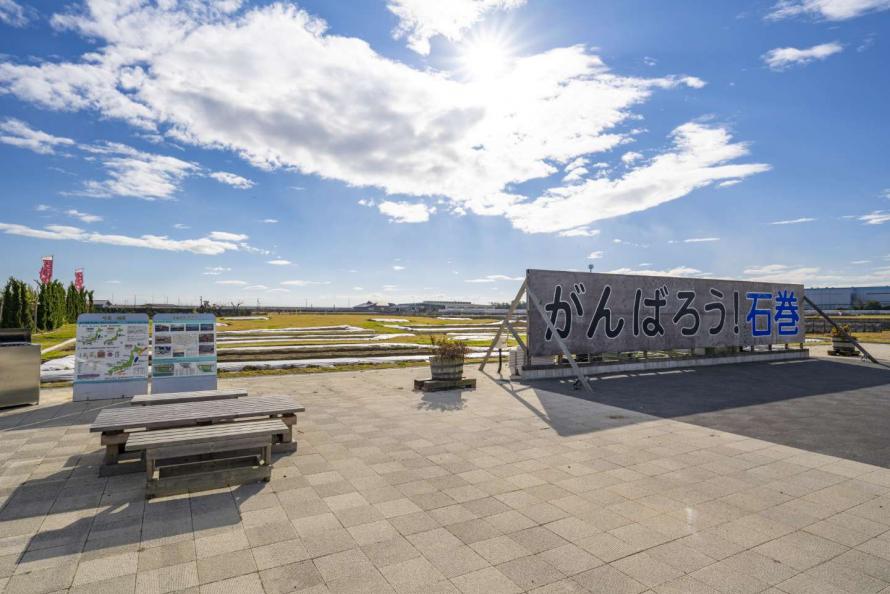
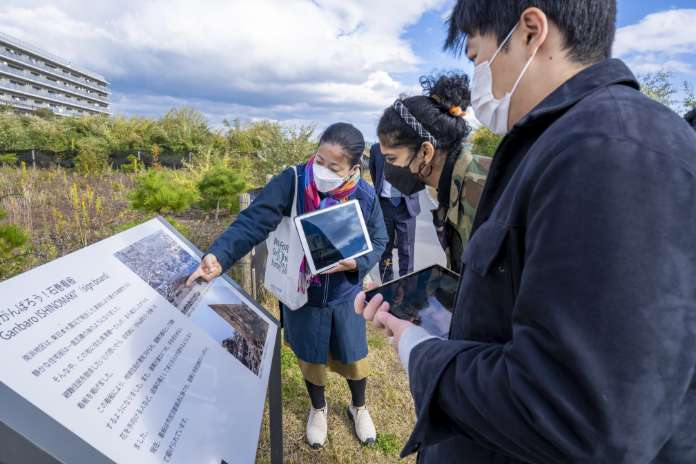
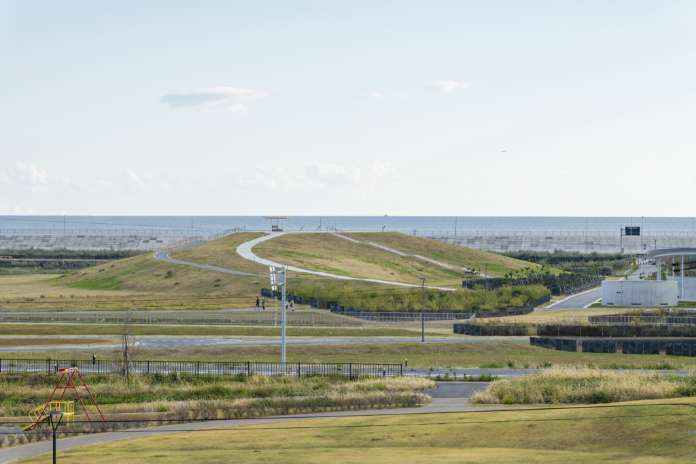
6Ishinomaki City Kadonowaki Elementary School Ruins
This former school building is the only preserved structure that shows burned-out remains from a tsunami-triggered fire. The rooms can be viewed from an outside passageway, giving visitors a powerful experience of the horrors of a tsunami and fire it can cause. The adjacent exhibition hall features actual objects, videos, and other materials for learning also about tsunamis of the past.
Address: 4-3-15 Kadonowaki, Ishinomaki City
Phone: 0225-98-8630
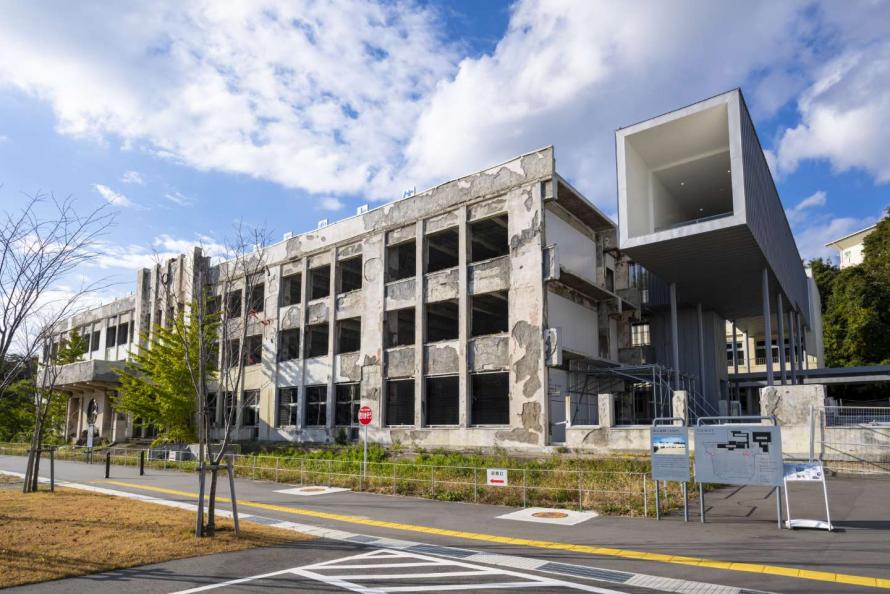
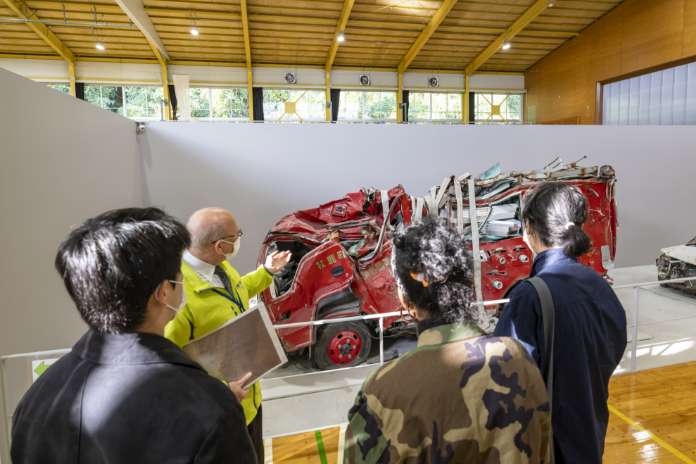
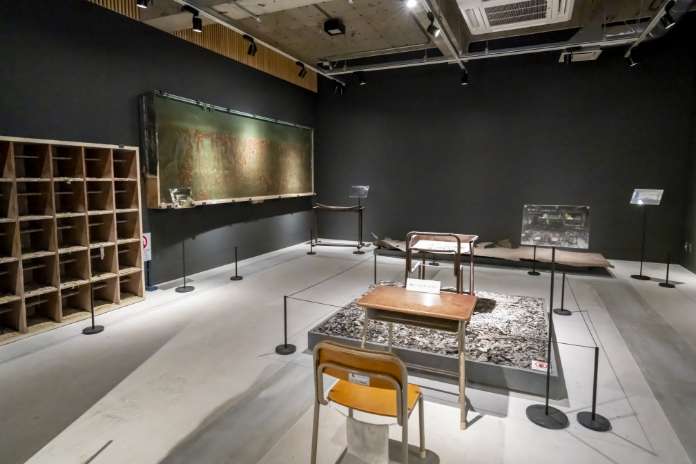
Comment from Lee Changmin

The tour using a tablet was really good. The app had a lot of photos, and the GPS let you see where you were as you walked around. My understanding really deepened about how the city had been rebuilt after the disaster by comparing the before and after photos.
1 hour by car
7Sendai Station
More to check out…
These spots in the Ishinomaki/Onagawa area are also recommended!
Onagawa Michi-no-Eki Roadside Station
Onagawa Town has made a rapid recovery thanks to the energy of young people. A symbol of that recovery is the Michi-no-Eki area in front of Onagawa Station, which is always full of activity. Visitors can enjoy a brick promenade that extends from the station to the sea and is lined with shops of all kinds—local eating and drinking spots, handicraft studios, and more. Hama Terrace is a local market where you can buy fresh fish and processed marine products.
Address: 2-66 Onagawa, Onagawa Town, Oshika District
Phone: 0225-24-8118
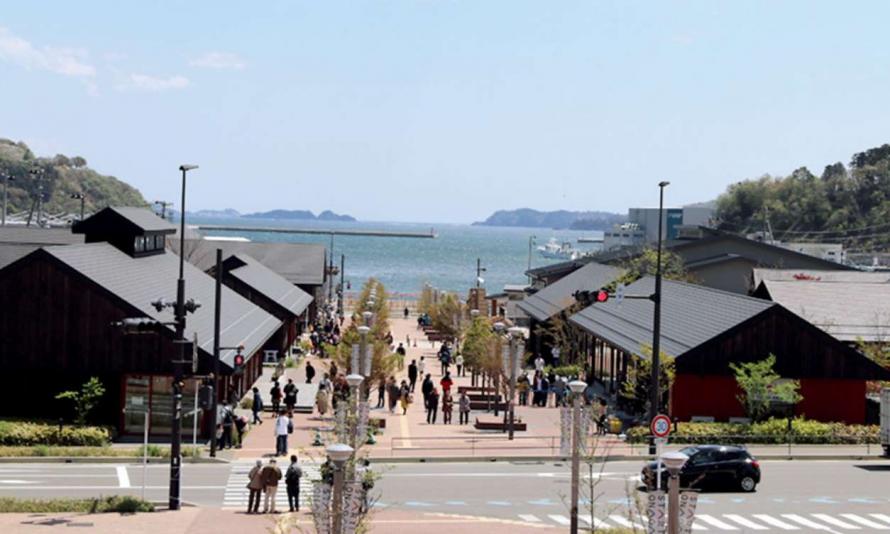
1 minutes on foot
Former Onagawa Police Box Disaster Memorial Ruins
This building toppled by the tsunami once housed a local police box. It is a rare example of the force of a tsunami upending and destroying a reinforced concrete building. On the walls of the observation ramp surrounding the building are display panels that tell the story of the town’s reconstruction.
Address: 1 Kaigandori, Onagawa Town, Oshika District (at Onagawa Town Kaigan Hiroba)
Phone: 0225-24-8118 (Onagawa Mirai Sozo Co., Ltd.)

1 minutes on foot
Mash Park Onagawa
This park was built with a donation from the Mash Holdings company, aiming to “get the best smiles from children.” The park features colorful playground equipment with a sea creature motif and is place for children to play and have fun.
Address: 2 Kaigandori, Onagawa Town, Oshika District (at Onagawa Town Kaigan Hiroba)
Phone: 0225-24-8118 (Onagawa Mirai Sozo Co., Ltd.)
